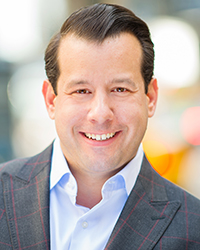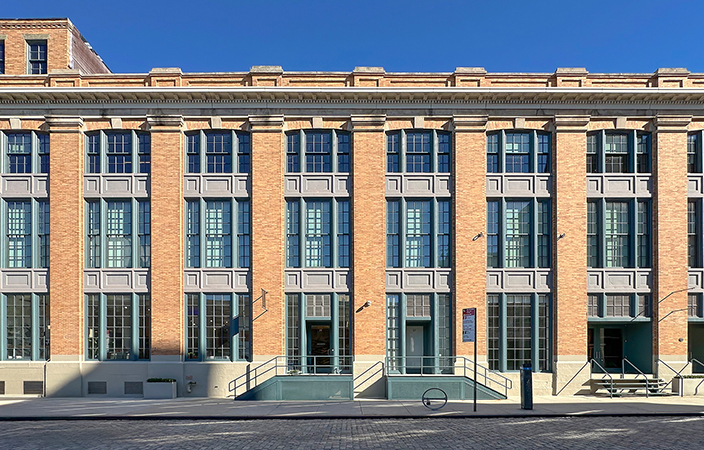Coordination, Communication, and Planning Failures: Unraveling the attempted assassination of Donald Trump - by Patrick Brosnan

The attempted assassination of former President Donald J. Trump on July 13, 2024, was one of the most shocking acts of political violence since the 1981 shooting of President Ronald Reagan. Captured on video, the attempt was thwarted not by the robust security contingent but by sheer luck. A local officer’s timely shot likely disabled the assassin’s rifle, and Trump’s movement away from the shooter’s line of sight left him with only a minor ear wound. Others in the crowd were less fortunate.
An Unlikely Perpetrator
It is almost inconceivable that a 20-year-old loner, with no specialized training or support, could breach security so thoroughly. The assailant, Thomas Crooks, managed to position himself on a rooftop just 150 yards from Trump with a military-grade rifle, ammunition, a laser range-finder, and a remote detonator for an explosive device. How did he evade the combined security efforts of local, state, and federal law enforcement, including the Secret Service? How was he not seen scaling Building 6, which provided a direct line of sight to the stage?
Security Protocols and Gaps
Security at the rally included a screened inner perimeter, an outer perimeter patrolled by local and state police, and four counter-sniper teams. Despite these measures, significant gaps in coordination, communication, and planning allowed Crooks to infiltrate the area. For instance, the Secret Service excluded Building 6, an ideal sniper's perch, from its inner security perimeter, allowing Crooks to reach it unchallenged.
Key Failures in Security
Lack of Drone Surveillance: Six days before the event, Crooks used a drone to survey the venue. Although the Pennsylvania State Police offered to deploy drones for surveillance, the Secret Service declined.
Exclusion of Building 6: The Secret Service conducted a site assessment on July 8, but inexplicably excluded Building 6, which provided a direct line of sight to the stage. This decision allowed Crooks to bring weapons and explosives into an unsecured area near the rally.
Communication Breakdowns: Despite the high-security risk, law enforcement agencies could not communicate directly via radio. Different departments operated on unique frequencies, forcing communication through a joint command center, leading to delays. Efforts to coordinate radio frequencies on July 12 failed when the Secret Service did not collect local police radios as planned.
No Unified Command Post: Instead of a single command center, there were two—one for the Secret Service and state police and another for local police. This separation caused significant delays in information exchange and coordination, contributing to the confusion.
Delayed and Disorganized Briefings: Despite multiple warnings about a suspicious person, the Secret Service failed to act decisively. A briefing scheduled for July 13 at 9 a.m. lacked the Secret Service’s presence, and local officers did not receive a written plan until 1:30 p.m.—just 30 minutes before doors opened.
Timeline of the Incident
On July 13, at 3:00 p.m., Crooks raised suspicion at the event's entry point when he attempted to enter the secured perimeter with a spotting scope. After being denied entry, he returned to his car, retrieved his rifle, ammunition, body armor, and explosives, and re-entered the unsecured perimeter.
At 4:26 p.m., Crooks was spotted lurking near Building 6 by a sniper team, who texted a warning to colleagues. Despite this, communication was slow, and Crooks evaded detection. By 6:00 p.m., Crooks had climbed onto the roof of Building 6, positioning himself with a clear view of the stage.
At 6:11 p.m., Crooks fired eight rounds, wounding Trump and several rally-goers. A Butler SWAT officer’s single shot disabled Crooks’ rifle, causing a temporary pause in the shooting. Crooks was ultimately killed by a countersniper’s shot to the head.
Aftermath and Analysis
The attempt on Trump's life led to the resignation of Secret Service Director Kim Cheatle. At a congressional hearing, she admitted the agency had been alerted about Crooks multiple times before the shooting. The decision not to include Building 6 in the security perimeter was a critical oversight, allowing Crooks to position himself with a clear shot at Trump.
The Secret Service’s planning for the event was severely flawed. Despite recognizing Building 6 as a potential threat, the Secret Service inexplicably excluded it from the inner security perimeter. This lapse allowed Crooks to gain an elevated firing position with a direct line of sight to the stage, effectively making him invisible to the security forces.
Investigations and Reforms
Multiple investigations have been launched to understand how law enforcement agencies failed to prevent the attack. The U.S. Secret Service has placed five agents on modified duty, including the special agent in charge of the Pittsburgh field office. The agency is examining the decisions and actions leading to the operational failure.
In the weeks following the attack, the Secret Service increased security coverage for Trump, including dispatching members of President Joe Biden’s protective detail to assist in planning campaign events. The agency also tightened access to Trump’s residences and venues and began using ballistic glass at outdoor campaign events to protect him.
Conclusion
The changes implemented after the attack may prevent future incidents, but they came at a high cost. The attack exposed significant lapses in planning, communication, and coordination among federal and local law enforcement. Only after the death of a former firefighter and serious injuries to two civilians did the necessary security improvements occur. The question remains: why did it take a near-tragedy to spur these changes?
Patrick Brosnan, a member of IREON, is founder of Brosnan Risk Consultants, Pearl River, NY
SABRE coordinates sale of six properties totaling 199,845 s/f


Behind the post: Why reels, stories, and shorts work for CRE (and how to use them) - by Kimberly Zar Bloorian

Strategic pause - by Shallini Mehra and Chirag Doshi

Lasting effects of eminent domain on commercial development - by Sebastian Jablonski








.jpg)

.gif)